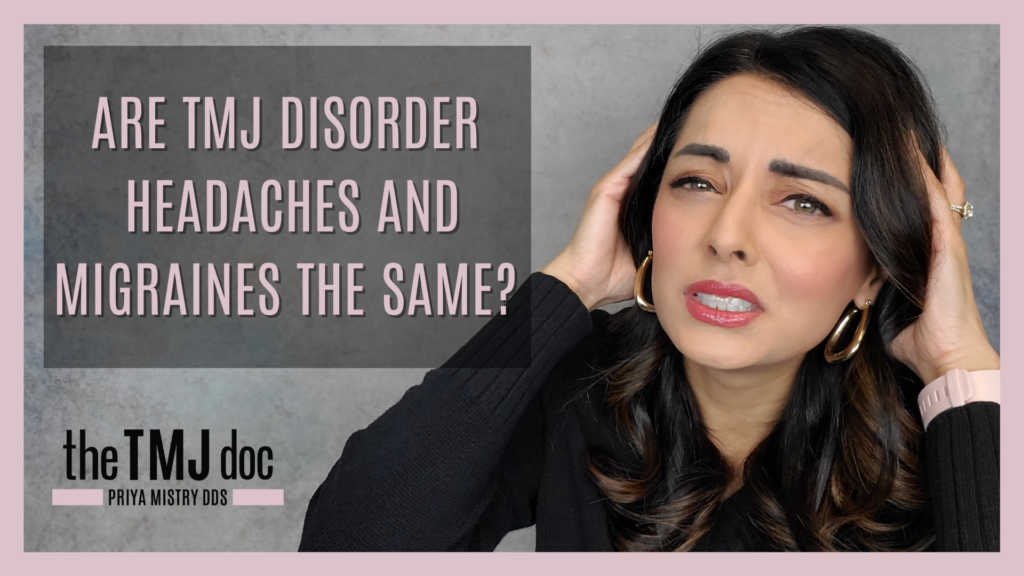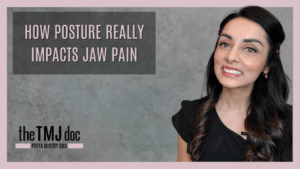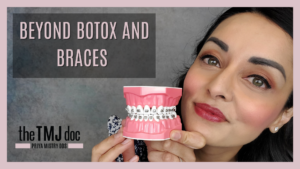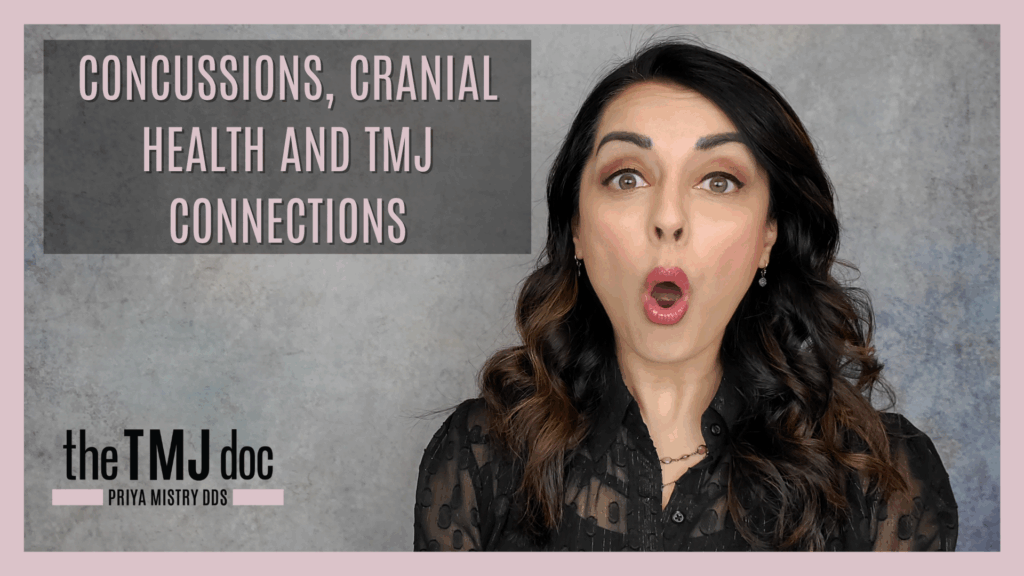What Are Migraines?
Migraines are a severe type of headache that produce intense, throbbing pain. Migraine symptoms may also include nausea, vomiting, and sensitivity to light, sound, or smells. The difference between migraines and regular headaches is that migraines are usually debilitating to the point where the sufferer is unable to perform their usual daily activities, and pain is often difficult to manage without medical intervention. Whereas traditional headaches can often be relieved with rest, hydration, or over-the-counter pain medication.
Migraines are a type of headache causing intense, pulsing, or throbbing pain on the sides of head. These painful episodes can last for days and be accompanied by nausea, dizziness, light sensitivity, and sound sensitivity. Migraines commonly reoccur, making long-term treatment difficult.
TMJ Disorder is dysfunction of the jaw joints and the surrounding muscles, soft tissue, blood supply, and nerves that directly connect or are close to the brain. Understanding the relationship between TMJ Disorder and Migraines is the first step in finding relief.
What is TMJ Disorder?
TMJ Disorder involves dysfunction in the jaw joints and/or the muscles that surround and support the jaw. Your jaw joints connect the jawbone (mandible) to your skull and the joints are located on either side of your face near your ears. Within the jaw joints are the articular discs, bones, and ligaments. Surrounding the jaw joints are muscles, fascia and nerves – particularly the trigeminal nerve. TMJ Disorder (TMJ/TMD) symptoms may arise when the jaw is out of alignment and/or when the muscles of the head, neck, and jaw enter into a dysfunctional state. Symptoms associated with TMJ/TMD include but are not limited to jaw pain, difficulty opening or closing your jaw, clicking or locking jaw, neck pain, ear pain, tooth pain, gum pain, numbness or tingling in the face, stuffy ears, dizziness, and persistent headaches of migraine-like intensity. When TMJ/TMD develops it can cause inflammation, reduced blood flow, worn cartilage, damage to the surrounding soft tissue, and referred pain throughout the trigeminal nerve path.
The Trigeminal Nerve and Head Pain
The trigeminal nerve is the most significant neuropathway in the head that provides sensory and motor functions to the ophthalmic (eye) region, and upper and lower jaws as it is responsible for biting and chewing. This major nerve connects to the spinal cord and is close to the jaw joints and branches off into the upper and lower jaw. When the trigeminal nerve is compromised, it may cause pain anywhere along its path from the teeth, or the face, head (in the form of headaches), neck, back, or extremities. With TMJ/TMD, the trigeminal nerve is often compressed by surrounding inflamed muscles and fascia, leading to mild, moderate, or severe pain – including every single type of headache!
Are TMJ Headaches and Migraines the Same Thing?
TMJ/TMD CAN cause migraine-like headaches. It’s essential to identify and treat the cause in order to achieve optimal relief. Because there are so many overlaps, it can be difficult or impossible for healthcare practictioners to distinguish between them! Some TMJ practitioners will even say that TMJ headaches and migraines are the same thing. More information:
- Pain Location: TMJ headaches AND migraines can occur around the temples and jaw area of the head or can produce pain anywhere in the head. Both types of headaches can be one-sided.
- Pain Occurrence: TMJ head pain and Migraines can occur upon waking up OR can come on throughout the day.
- Pain Triggers: TMJ headaches and Migraines may be triggered by jaw activities such as opening wide, chewing, yawning, or talking. Both types of headaches can also be influenced by environmental factors like diet, stress, hormonal changes, alcohol consumption, and even weather changes.
- Pain Description: TMJ headaches and Migraines can be described as dull, achy or sharp. OR as throbbing or pounding.
As you can see, it can be difficult to differentiate between TMJ/TMD headaches and Migraines. Dr. Mistry has found that they are often related!
Migraine Treatment
If you experience migraines and/or TMJ/TMD pain, it’s essential to find the correct treatment for the best results. Dr. Mistry supports a multidisciplinary approach for treating TMJ/TMD pain at the source by starting with a comprehensive consultation and exam.
Learn more about temporomandibular joint disorder or explore headache relief options today by contacting Dr. Mistry’s office at (503) 255-8293.







